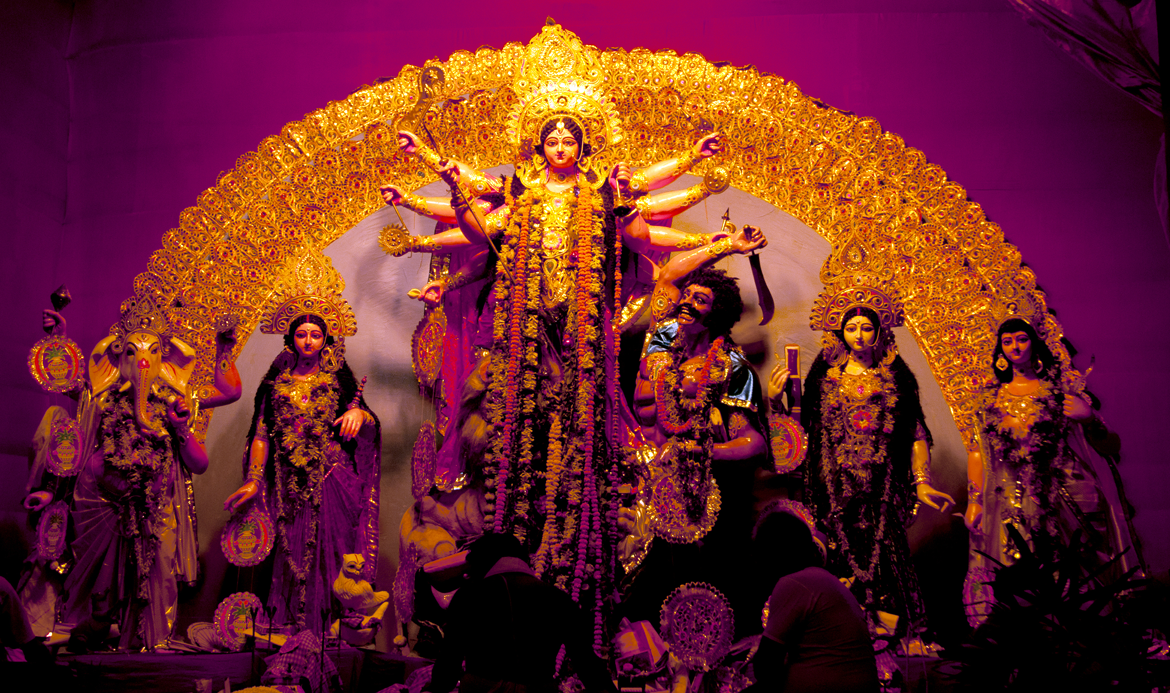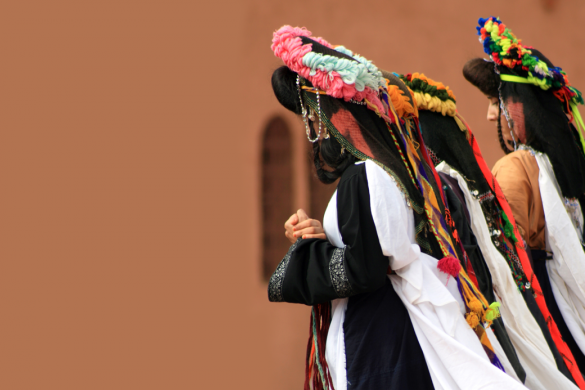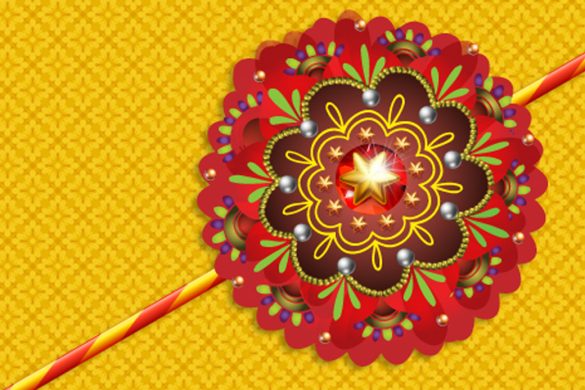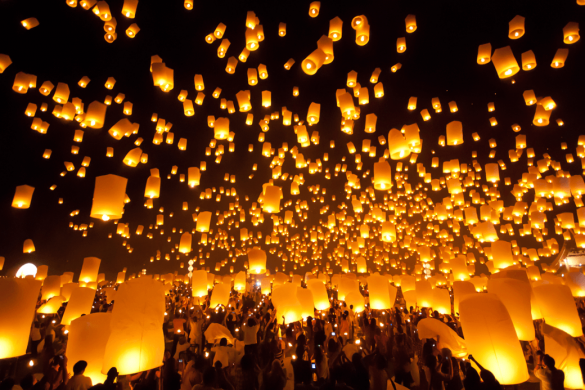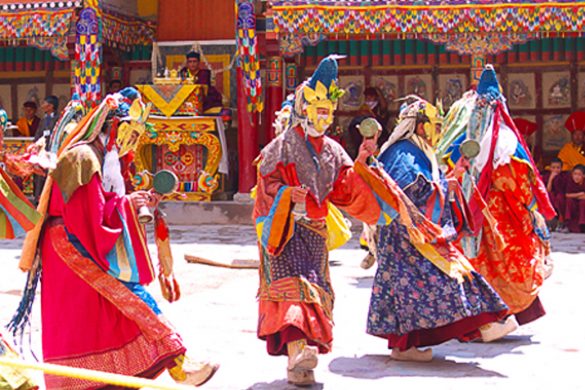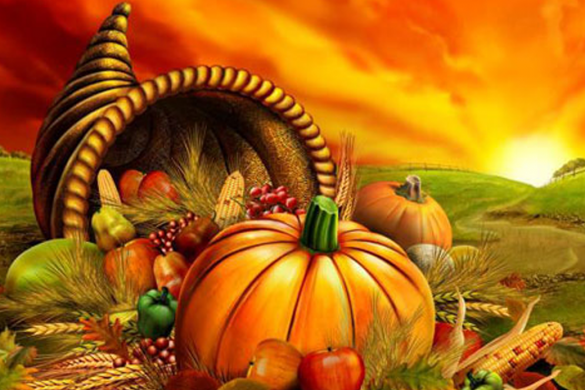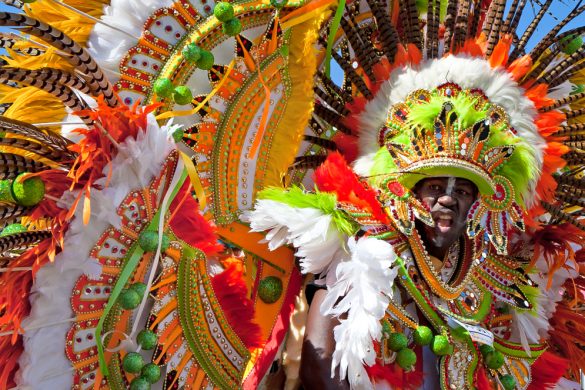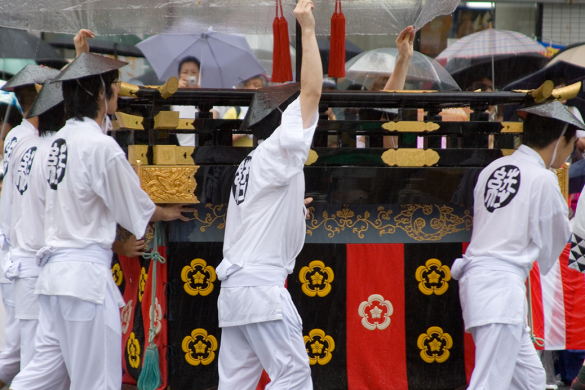Some festivals are too large and too elaborate to be limited to just one day and Durga Pujo – the primary festival of a few Eastern States in the Indian Subcontinent is one of them. While Durga Pujo is primarily a festival celebrated in West Bengal, it gets almost equal importance in the states of Orissa, Assam, Bihar, Jharkhand, and many other states. Bengalis and anyone who believes in the power of the form of the goddess come to pay homage to her at any of the thousands of temporary canopies also known as pandals that spring up all over the state. This year’s Durga Pujo falls on the first week of October.
Myth states that there was a demon named Mahishasura, who after severe penance had attained a boon from Lord Shiva which decreed that he could only be killed by a woman. This boon led to the demon lord growing even more ferocious and cruel in his attacks on human beings and Gods. Finally, helpless, terrified and at the end of their wits, the Gods went to the Supreme Trinity – of Brahma, Vishnu and Shiva who combined their powers and created out of that energy, Ma Durga. She was then given a Trident, a Conch and a Noose, a Disc, a Spear and many other weapons and jewellery to prepare her for the battle with Mahishasura. Ma Durga is believed to have 10 hands and a third eye which is closed unless in the midst of war. Her vehicle is said to be a Lion, the king of all animals.
The festivities begin with Mahalaya, which involves the invoking of the goddess by the people through chanting mantras and devotional songs at the crack of dawn.
At pujas everywhere, Ma Durga along with her children, the Goddesses Lakshmi and Saraswati and Gods, Ganesh and Kartik, are celebrated and prayed to with great pomp and ceremony. Along with prayers, songs and dance, elaborate feasts and functions are held in all the pandals around the country on the days of Sashti, Maha Saptami, Maha Ashtami, Maha Navami and Dashami, which is the last day and the Goddess, after being prayed to one last time, is sent on her way to her husband back in heaven amidst drumbeats and ululations.
On the last day, Bengali women wear the traditional Red and White Sari and play “Sindoor Utshob” which involves first applying ‘sindoor’ which is a red powder on the foreheads of all the Goddesses and then on every married woman as a symbol of the shared power of womanhood and the sign of their marriage too.
